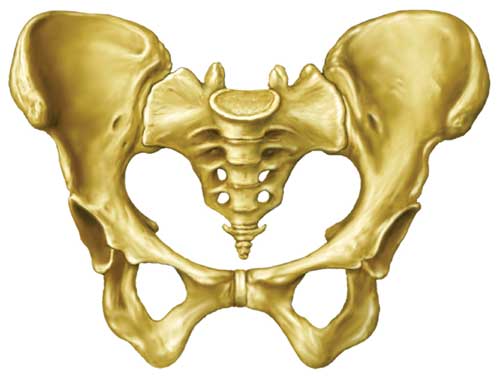What they did:
Prior to the start of the study:
- The investigators exsanguinated healthy juvenile swine carefully into citrated blood donation bags.
- The whole blood was then centrifuged and plasma was collected. At this point, the plasma was analyzed for levels of fibrinogen, protein C, antithrombin III, PT, PTT, and factors II, V, VII, VIII, IX, X, XI, and XII.
- 1/2 of the collected plasma was stored and shipped at -20°C to a lyophilization laboratory; the other half was frozen and stored as Fresh Frozen Plasma (FFP).
- After lyophilization, the powdered plasma was returned and then stored at room temperature for 1 month.
- The powdered plasma was re-analyzed for the aforementioned parameters just prior to administration on the day of the study.
On the day of the study:
- 32 healthy yorkshire swine were split into 4 groups (n=8/group).
- FFP only resuscitation
- LP only resuscitation
- FFP + PRBC with 1:1 ratio resuscitation
- LP + PRBC with 1:1 ratio resuscitation
- The swine were first given identical femur and overlying soft-tissue injuries using a captive bolt gun.
- Next, a laparotomy was performed and the pigs were cooled to 33°C using chilled intraperitoneal isotonic saline while simultaneously removing 60% of their estimated blood volume via a central line.
- The swine were then left in this state for 30 minutes to simulate prolonged shock complicated with hypothermia.
- Next, the swine were infused with normal saline at 3x the controlled hemorrhage volume to induce acidosis and dilutional coagulopathy.
- Finally, all animals received a grade V liver injury followed by 30 seconds of uncontrolled hemorrhage.
- The intervention period began with the packing of the liver with pre-weighed laparotomy sponges → each animal received resuscitation according to the study protocol. Volume infused to each pig was equal to the volume lost during controlled hemorrhage.
What they found:
Clotting profile of LP compared to FRESH, NEVER-FROZEN plasma:
- Factor V: 84% activity
- Factor VIII: 84% activity
- Factor IX: 100% activity
- Antithrombin III: 93% activity
- INR: prolonged by 9%
- PTT: prolonged by 13%
Performance between the groups:
- All pigs survived.
- Blood loss lowest in LP+PRBC (p=.03) → all other groups showed similar loss.
- MAP significantly lower in FFP group than other groups at various points (p= <0.05).
- Lactate similarly showed a stepwise decline in all groups.
- PT similar between all groups at all 4 time points.
- PTT significantly lower in LP group compared to the LP+PRBC & FFP+PRBC groups (p= <0.05).
What they concluded:
This study shows that the lyophilization process results in a modest reduction in clotting factor activity in vitro. Interestingly, there was no evidence of this reduction in the in vivo animal study. The study also shows that LP is as safe and effective as FFP for resuscitation after severe multisystem injury.
Final thoughts:
In my opinion, this study was extremely well done. The investigators utilized a model that represents the patients we see in the field - injured, cold, acidemic, and coagulopathic.
Obviously, with any lab-based animal study, there will be flaws by design. The small sample size makes the waters a bit murkier as well. Because of these flaws, we're left with some unanswered questions:
- Does swine plasma exactly reflect the physiology of human plasma?
- Would storing the LP on the shelf for longer than 1 month alter the efficacy?
- Would the LP use result in more episodes of meaningful VTE complications if the investigators kept the pigs alive?
- Did reconstitution of the LP with a vitamin-C containing solution synergize efficacy?
However, what was made clear is LP appears to be at least as effective as FFP in trauma resuscitation (albeit, with small sample size). This study should be used as a springboard for further investigation and human trials should be aggressively sought.
In closing, as our friend Peter Griffin would say....
I'd love to hear your thoughts, ladies and gents!








